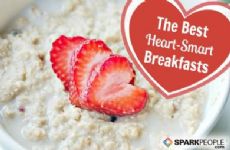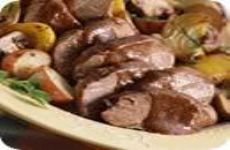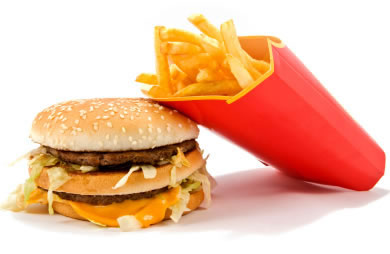|
There are many non-dairy drink options available in supermarket dairy cases these days. Whether people are allergic to cow's milk or avoid it for other reasons, finding delicious milk alternatives is relatively easy. Although almond milk saw a 79% increase in sales last year, soy milk has been the leading dairy alternative for years. Recent reports indicate that in 2011 soy milk comprised 68.7% of the dairy alternative beverage market followed by almond milk (21.2%), rice milk (7.2%), and coconut milk (2.6%). Did you know that science has created a way for people to enjoy the nutrition of milk but with less carbohydrates, sugar, and calories? Perhaps you have seen milk beverages or milk drinks on supermarket shelves as well. They might not catch your attention if you don't live with diabetes or aren't seeking new ways to control carbohydrate-containing foods to manage blood glucose levels. However, for those who are, it is exciting to see these new options on store shelves. Here is some information to help you decide if a dairy beverage is right for you. Milk products must meet a specific standard of identity and contain at least 90 percent milk. Milk drinks or milk beverages on the other hand can have as little as 51 percent milk to still be considered a dairy product. Milk beverages and drinks are often made using modified milk ingredients, a sweetener, and a flavoring preparation. Public Health Dietitian Lesia Hucal stated that creating them is sort of like building a milk product out of used milk parts. Commonly, modified milk ingredients are created through an untrafiltration process that separates milk components by size. Larger milk proteins and milk fat are retained while the water, lactose, and minerals permeate through the filtration membrane. The fluid product (ultra filtered milk) is lower in lactose and higher in protein compared to regular milk. A diafiltration process removes more carbohydrate and even more lactose and minerals. UF milk has been used commercially since 1996 but mostly from whole milk. UF skim milk have become popular in the last several years. UF ingredients are used to produce lower carbohydrate versions of milk and other dairy products like Hood Calorie Countdown Diary Beverage or Dannon Light 'n Fit Carb Control Cultured Dairy Snack. Milk is nutritionally better than the calorie controlled counter part because it provides more protein, vitamins A, D, and calcium per cup. Here is how they stack up against one another. Skim/Fat Free Milk (1 cup serving) Calories – 86 Fat – 0 grams Protein – 8 grams Carbohydrate – 12 grams Sugars – 12 grams Calcium – 50% Vitamin A – 23% Vitamin D – 25% Calorie Countdown Fat Free Dairy Beverage (1 cup serving) Calories – 35 Fat – 0 grams Protein – 6 grams Carbohydrate – 4 grams Sugar – 3 grams Calcium – 30% Vitamin A – 10% Vitamin D – 30% Here is a comparison with the three other leading non-dairy alternatives: Plain/Original Soy Drink (1 cup serving) Calories – 70-130 Fat – 2-4 grams Protein – 5-8 grams Carbohydrate – 8-16 grams Sugars – 6-9 grams Original Almond Drink (1 cup serving) Calories – 50-60 Fat – 2.5 grams Protein – 1 gram Carbohydrate – 6-8 grams Sugar – 5-6 grams Plain Rice Drink (1 cup serving) Calories – 80-130 Fat – 2-2.5 grams Protein – 1 gram Carbohydrate – 16-27 grams Sugars – 8-14 grams The 2010 Dietary Guidelines for Americans reports "intake of milk and milk products, including fortified soy beverages, is less than recommended amounts." American adults are encouraged to include at least 3 cups of fat-free or low-fat milk and milk products or the equivalent in their diet each day. Children and youth need 2 - 2 ½ equivalent cups each day. One cup of milk provides one serving of carbohydrates for those that are following a controlled carbohydrate meal plan for medical reasons. Milk beverages and drinks provide another beverage alternative offering the taste of milk without the heavy carbohydrate load. If you are trying to maintain tighter control of blood glucose levels and dairy has been a problem, these dairy alternatives might be something to check out at your local Walmart and other retailers near you. Have you seen milk beverages at your local supermarket? What are some of the pros and cons you see with this alternative? |
Popular Entries
More From SparkPeople
|








.jpg)












